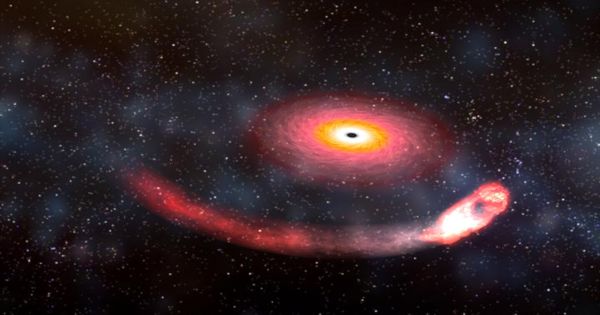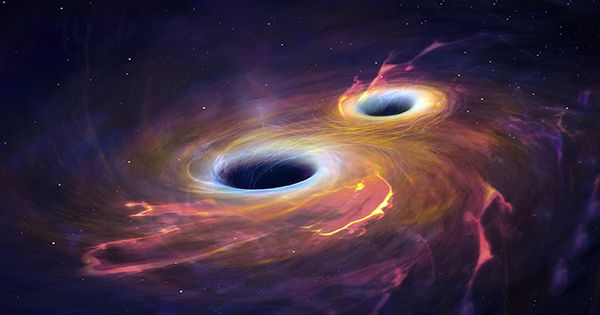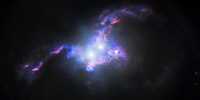The area around a supermassive black hole is truly an environment of extremism. Thanks to new computer simulations, researchers have gained some insight into what could happen in the gas surrounding any one of these cosmic giants. The team said tsunami-like waves and vortices are expected to spread from the black hole. In the region near the black hole, the incredible gravitational effect heats the underlying material by millions of degrees. This plasma glows, energizing the surrounding gas with energetic X-rays.
The work, published in The Astrophysical Journal, shows that this heated gas can become turbid and creates some strange effects on the cloud adaptation disk around the black hole. The team’s simulation revealed that the disks contained waves and, thanks to the heat effects of X-rays, they could suddenly rise as steeply as a tidal wave facing the coastline. They also report the formation of the Kerman cyclone road, a recurring pattern of severe cyclones that often occur in the atmosphere.

Co-author Daniel Proga, from the University of Las Vegas, Nevada, said in a statement, “Even the phenomena that govern events on Earth are the laws of physics that can explain many things outside of outer space and even beyond black holes.” Researchers say it’s the hot gas pockets at the ends of supermassive black holes that are the main reason for these effects.
“These clouds are ten times warmer than the surface of the sun and move at the speed of the solar wind, so these are rather foreign objects that you don’t want to fly through,” lead author Tim Waters explained to the postdoctoral researcher at UNLV who is also a guest scientist at the Los Alamos National Laboratory. The simulation contradicts some long-standing theories about how clouds form in the vicinity of active supermassive black holes. The clouds here are not fluffy and white, but an excessive concentration of interstitial material.
Their formation appears to be dependent on strong emissions from the vicinity of the black hole. To clamp, the gas must be sufficiently cooled. The gas rising from the black hole is hot and fast, but it can move 10,000 kilometers per second (20 million miles per hour) to move these cold clouds to form these clouds.
















